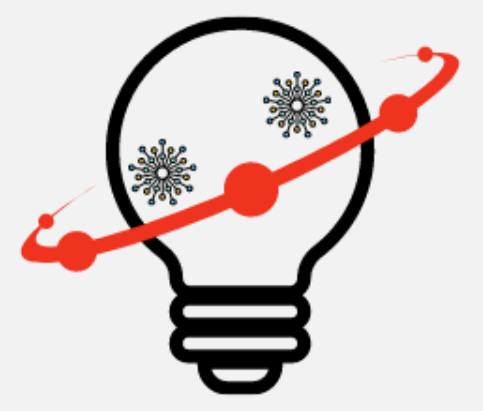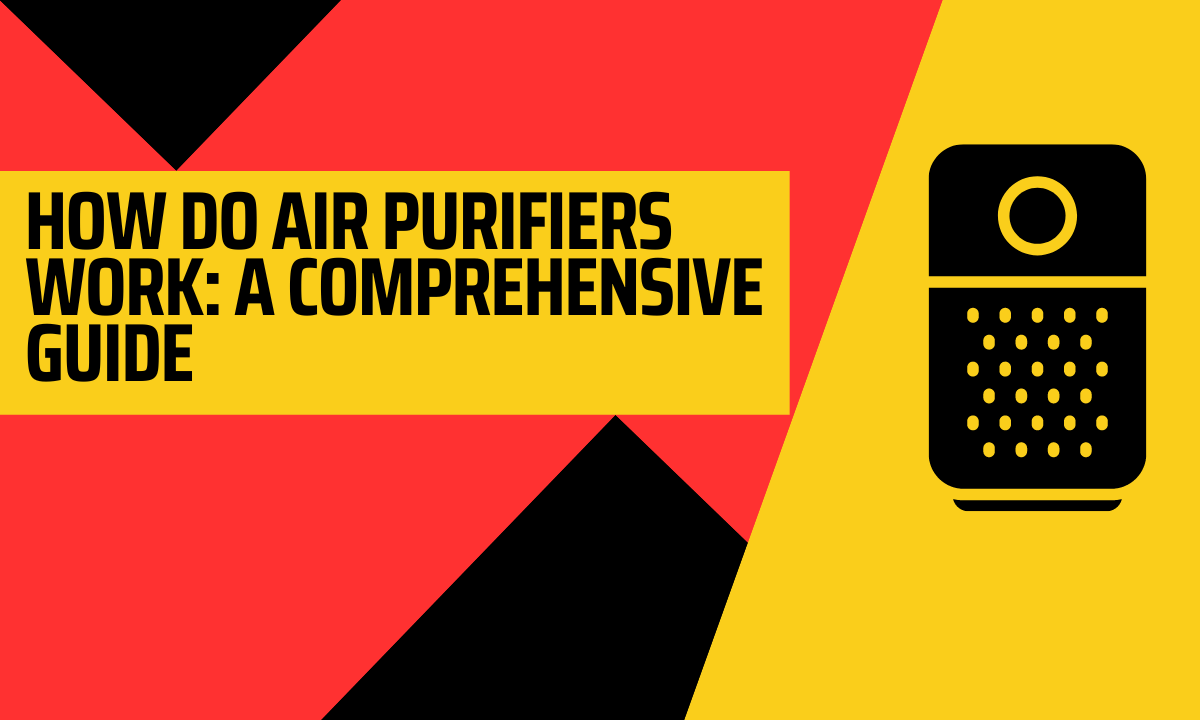Air purifiers have become an essential appliance in many households, especially those with family members suffering from allergies or respiratory problems. They are designed to remove contaminants and pollutants from the air, providing a clean and healthy environment.
In this article, we will discuss how do air purifiers work?, their benefits, and the different types available in the market.
How Do Air Purifiers Work?
Air purifiers work by drawing in air and passing it through a series of filters, which remove particles from the air.
The most common types of filters used in air purifiers include pre-filters, HEPA filters, activated carbon filters, and UV-lights, ionizers, ozone generators, and electronic air cleaners. Let’s take a closer look at each of these filters and how they work:
Pre-Filter
Most air purifiers come with a pre-filter that captures larger particles such as dust and pet hair. The pre-filter helps to extend the life of the primary filter by trapping larger particles before they can clog the filter.
HEPA Filter
HEPA filters are the most effective filters used in air purifiers. They are designed to capture 99.97% of airborne particles as small as 0.3 microns, including pollen, dust mites, and pet dander. HEPA filters use a dense mat of randomly arranged fibers to trap particles, allowing clean air to pass through.
Activated Carbon Filter
Activated carbon filters are designed to remove odors and chemicals from the air. They contain activated carbon, which is a form of carbon that has been treated with oxygen to open up millions of tiny pores between the carbon atoms. These pores trap odor-causing molecules and chemicals, leaving the air clean and fresh.
UV-C Light
UV-C lights are used to kill bacteria, viruses, and other microorganisms in the air. The UV-C light damages the DNA of these microorganisms, rendering them harmless. However, UV-C lights are not effective in removing larger particles such as dust and pollen.
Ionizer
Ionizers use an electric charge to create negatively charged ions that attract and remove particles from the air. The ionizer attaches a charge to the particle, making it easier to trap in the filter. However, ionizers can produce ozone, which can cause health problems if it is present in high levels.
Ozone Generator
Ozone generators produce ozone, which reacts with airborne particles and eliminates them. However, ozone generators can produce harmful levels of ozone, which can cause health problems. Ozone generators are not recommended for use in homes with children, the elderly, or people with respiratory problems.
Electronic Air Cleaner
Electronic air cleaners use an electrostatic charge to attract and trap particles from the air. They are effective in removing allergens, but they can produce ozone, which can cause health problems.
What is an Air Purifier?
An air purifier is a device designed to remove harmful particles from the air. It works by drawing air into the unit and passing it through a series of filters, which trap the particles before releasing clean air back into the room.
Air purifiers are commonly used to remove allergens, dust, smoke, and other pollutants from the air, which can cause health problems such as asthma and allergies.
Benefits of Using an Air Purifier:
There are several benefits to using an air purifier in your home.
1. Improved Air Quality
Air purifiers remove pollutants and particles from the air, resulting in cleaner and healthier air to breathe.
2. Allergy Relief
Air purifiers can help to reduce allergy symptoms by removing allergens such as pollen, dust, and pet dander from the air.
3. Respiratory Health
Air purifiers can improve respiratory health by removing irritants such as smoke and chemicals from the air.
4. Odor Removal
Air purifiers can help to remove unpleasant odors from your home, such as cooking smells or pet odors.
Types of Air Purifiers
There are several different types of air purifiers available on the market. Each type uses a different method to filter the air. Some of the most common types of air purifiers include:-
HEPA Air Purifiers
HEPA air purifiers are the most common type of air purifier available in the market. They use a HEPA filter, which is designed to remove 99.97% of airborne particles as small as 0.3 microns.
UV Air Purifiers
UV air purifiers use ultraviolet light to kill bacteria and viruses in the air. They are commonly used in hospitals and medical facilities to prevent the spread of airborne diseases.
Activated Carbon Air Purifiers
Activated carbon air purifiers use activated carbon to remove odors and chemicals from the air. They are commonly used in kitchens and bathrooms to eliminate unpleasant smells.
Ionic Air Purifiers
Ionic air purifiers use charged ions to attract and remove particles from the air. They are less effective than HEPA air purifiers but are generally more affordable.
Ozone Generators
Ozone generators produce ozone, which reacts with airborne particles and eliminates them. However, ozone generators are controversial as they can produce harmful levels of ozone, which can cause health problems.
Electronic Air Cleaners
Electronic air cleaners use an electrostatic charge to attract and trap particles from the air. They are effective in removing allergens, but they can produce ozone, which can cause health problems.
Maintenance and Cleaning of Air Purifiers
To ensure that your air purifier continues to work effectively, it’s essential to clean and maintain it regularly. Here are some tips for maintaining your air purifier:
- Clean the pre-filter regularly
- Replace the filter according to the manufacturer’s instructions
- Clean the unit’s exterior with a soft, damp cloth
- Keep the air purifier away from direct sunlight and heat sources
Frequently Asked Questions
1. Can air purifiers make you sick?
Air purifiers can only make you sick if they produce ozone, which can cause health problems if it is present in high levels. However, most air purifiers are safe to use and can improve indoor air quality.
2. Do air purifiers remove mold?
HEPA air purifiers can remove mold spores from the air, but they cannot remove mold that has already grown on surfaces.
3. How often should you replace the air purifier filter?
The frequency of filter replacement depends on the type of air purifierand the manufacturer’s instructions. In general, HEPA filters should be replaced every six months to one year, while activated carbon filters should be replaced every three to six months.
4. Can air purifiers help with pet allergies?
Yes, air purifiers can help reduce the symptoms of pet allergies by removing pet dander from the air.
5. Do air purifiers make noise?
Most air purifiers make some noise, but the level of noise varies depending on the model. Look for air purifiers with low noise levels if you are sensitive to noise.
6. Do air purifiers remove viruses from the air?
Yes, some air purifiers with UV-C lights or HEPA filters can capture and eliminate viruses from the air.
7. Are air purifiers expensive to operate?
The cost of operating an air purifier depends on the model and type of filter used. Look for air purifiers with energy-efficient settings to keep operating costs low.
8. Can air purifiers help with cigarette smoke?
Yes, air purifiers with activated carbon filters are effective in removing smoke and odors from the air.
Conclusion
Air purifiers are an effective way to improve indoor air quality and remove harmful pollutants from the air. They use a variety of filters and technologies to capture particles and eliminate odors.
When buying an air purifier, consider the room size, type of filter, noise level, energy efficiency, and cost of replacement filters.
With proper maintenance and cleaning, air purifiers can provide long-term benefits for your health and well-being.

